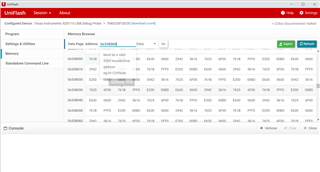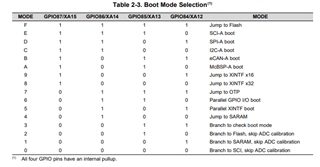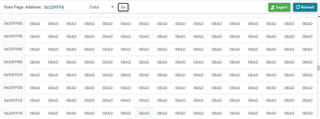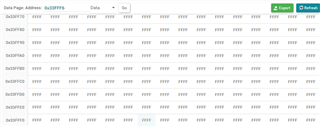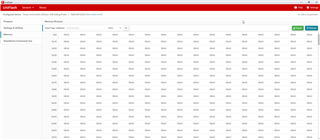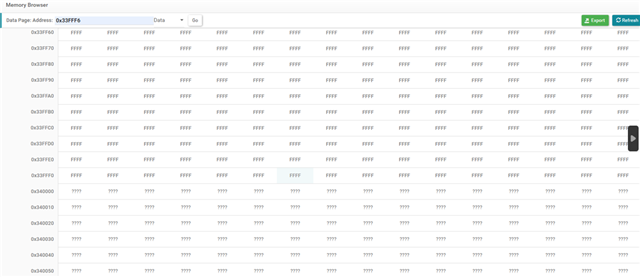Other Parts Discussed in Thread: UNIFLASH
Hello,
My program is working fine in debug mode.
After building in Release mode, it also works fine with this option checked
But, if I am switching off/on my DSP, the program will not run.
I tried updating my Uniflash Software, as I saw in a forum but it didn't work.
I hope I will find help, thank you very much.
Best Regards
Mattéo



